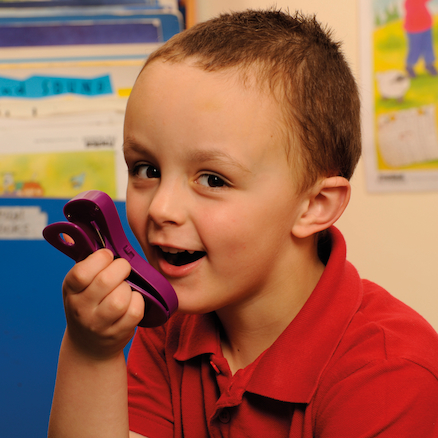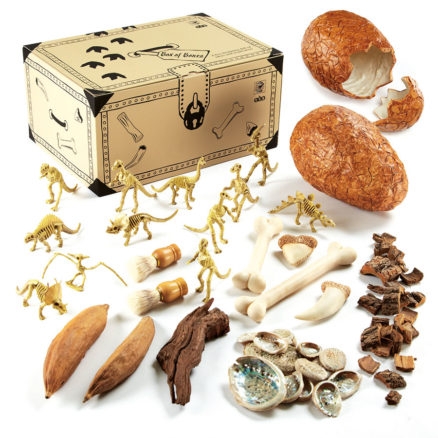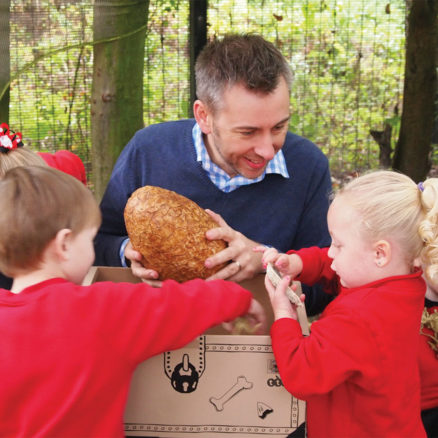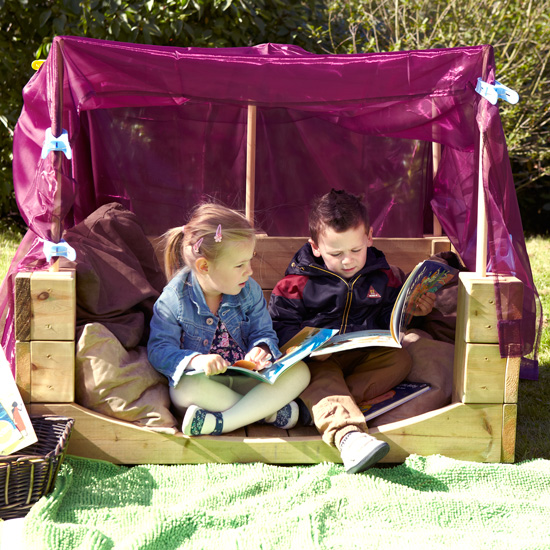The series covers the following areas:
- Listening and Attention: the most fundamental skills for learning to talk. Read Kate’s blog post on this here.
- Understanding: Once children have learnt to listen, they can start to make sense of the sounds that they hear. Read Kate’s blog post here.
- Speaking: giving children reasons to talk. Speaking is often confused with other aspects of communication and language. Speaking is the way that someone communicates their ideas, requests and makes observations orally. It is described in the Early Years Foundation Stage profile as ELG 03.
- Social Development: Communication is all about interaction with other people – sharing information, making friendships, specifying the rules for play and sorting out disputes. Social development is the glue that holds good communication together. Role play (through dressing up and using a range of household items) is one way of developing interaction in an imaginary situation. It helps explore emotions that are not being experienced at the present time and helps prepare children for situations that haven’t happened to them yet. Role play is also a way of building the empathy needed for positive communications.
Reasons to Talk
When Learning to Communicate, children need someone to talk to and something to talk about. Having a shared interest helps focus the communication around the item being discussed and allows whoever is involved to know what is being discussed. It provides opportunities for new vocabulary development and a chance to use existing vocabulary in a shared context.
Take the opportunity to find out about the child that you are working with by listening to what they are saying about the objects in front of them. Don’t be afraid of silence, often children will communicate more when they have a space to fill than if they are asked direct questions. Playing alongside them shows that you are interested in what they are doing and ready to hear what they are going to say.
Kate
Places to Talk
The environment that children are in affects what it is they are likely to say and also the mood and emotions created by that environment. Calm environments are great for sharing books or having close conversations. Exciting environments provide plenty to talk about in a more animated way.
The Box of Bones and the Box of Fairies are two wonderful boxes packed full of ideas for sharing. Both developed by TTS and Alistair Bryce-Clegg. Alistair has a wonderful and unique flair for understanding children’s interest and how to motivate them. Try reflecting on what you would do if you found a giant egg or how you would make tiny jam tarts and letters for fairies. Imagine following fairy footprints to a woodland scene complete with a camp fire and a table set for tea. Picture the children’s faces as they dig up a huge bone, possibly from a T-Rex! There’s so much potential for rich language and mark making.
Being together with a child in a space that they have created or decided to move to shows that you are interested and ready to listen to them. Make sure that the child is happy with you joining them, by asking ‘Can I sit here too?’ Remember to use comments as well as questions when you are sitting together in a special place.
Kate
Meet our specialist Kate Freeman: Kate Freeman has helped us to develop this guide. She is a lead I CAN Communication Advisor, specialising in early year’s speech and language development (from birth to five). Kate is a qualified Speech and Language Therapist with over twenty years’ experience in the field of paediatrics. She carries out training courses for teachers, SENCOs, speech and language therapists and a wealth of other professionals and parents as part of I CAN’s programmes.







